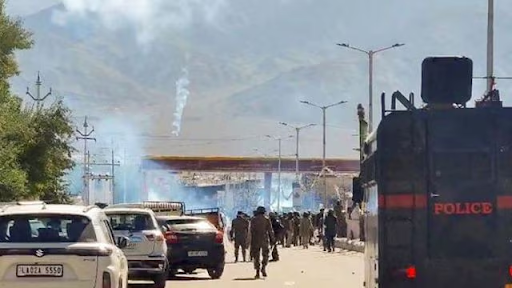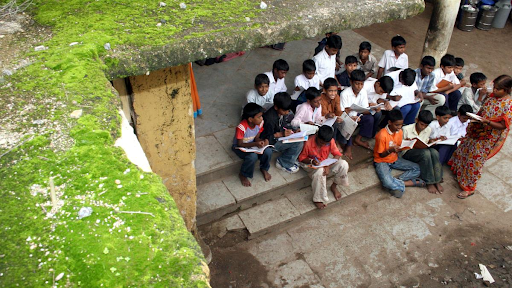



Following the resignation of Manipur's CM N Biren Singh, President’s Rule was imposed under Article 356 due to a breakdown in governance. The process involves a Governor’s report, followed by Presidential proclamation and parliamentary approval. Judicial safeguards ensure the rule isn't misused, maintaining balance between national integrity and state autonomy.

Copyright infringement not intended
Following the resignation of Manipur Chief Minister N Biren Singh, President's Rule was imposed in the state.
|
Must Read Articles: Manipur Violence |
President’s Rule refers to the suspension of a state government and the imposition of direct central rule in a state when the state government cannot function according to constitutional provisions.
It is invoked under Article 356 of the Indian Constitution and is also known as a "State Emergency" or "Constitutional Emergency."
Inability to Elect a Chief Minister: If the state legislative assembly cannot elect a leader as Chief Minister within the Governor’s prescribed timeframe.
Breakdown of Coalition: If a coalition government collapses, and the Chief Minister loses majority support.
Loss of Confidence: If the state government loses a vote of no-confidence in the assembly.
Postponement of Elections: If elections are delayed due to war, epidemics, natural disasters, or other emergencies.
Failure to Follow Constitutional Norms: If the Governor reports that the state government is not adhering to constitutional norms.
Non-Compliance with Union Directives: If the state fails to follow directions from the Union Government under Article 365.
What is the process of imposing President’s Rule?
The state’s Council of Ministers is dismissed, and the Chief Minister’s office becomes vacant.
The Governor administers the state on behalf of the President, assisted by advisors and the state’s Chief Secretary.
The state legislature is suspended or dissolved, and Parliament exercises its legislative powers.
The Union Government takes control of the state’s finances.
The State High Court’s powers remain unchanged.
The Election Commission must conduct state assembly elections within six months if the assembly is dissolved.
|
Historical Context of President’s Rule ● President’s Rule has been imposed 134 times since 1950 across 29 states and union territories. ● It has been used most frequently in Manipur and Uttar Pradesh (10 times each). ● Jammu & Kashmir has spent the most time under President’s Rule (over 12 years), followed by Punjab (over 10 years) and Puducherry (over 7 years). ● The most recent imposition was in Puducherry in 2021 after the government lost a vote of confidence. |
The Supreme Court’s judgment in S.R. Bommai v/s Union of India (1994) established guidelines to prevent arbitrary imposition:
The President Rule under Article 365 addresses the breakdown of state governance and ensures stability, however, its potential misuse has resulted in strict judicial safeguards and calls for clearer guidelines. Balancing the need for national integrity with the protection of state autonomy is essential to strengthen the constitutional framework, and ensure stability during crises.
Must Read Articles:
Source:
|
PRACTICE QUESTION Q. How does the President's Rule differ from other emergency provisions in the Indian Constitution? 150 words |






© 2025 iasgyan. All right reserved